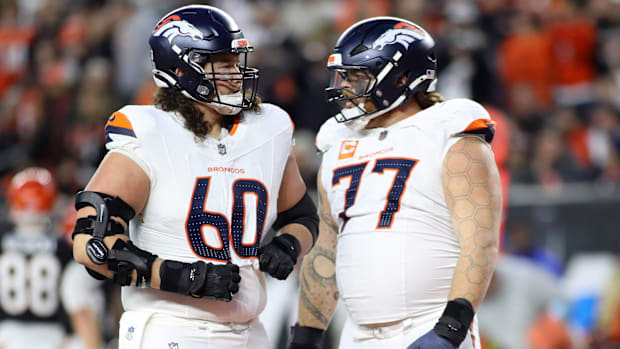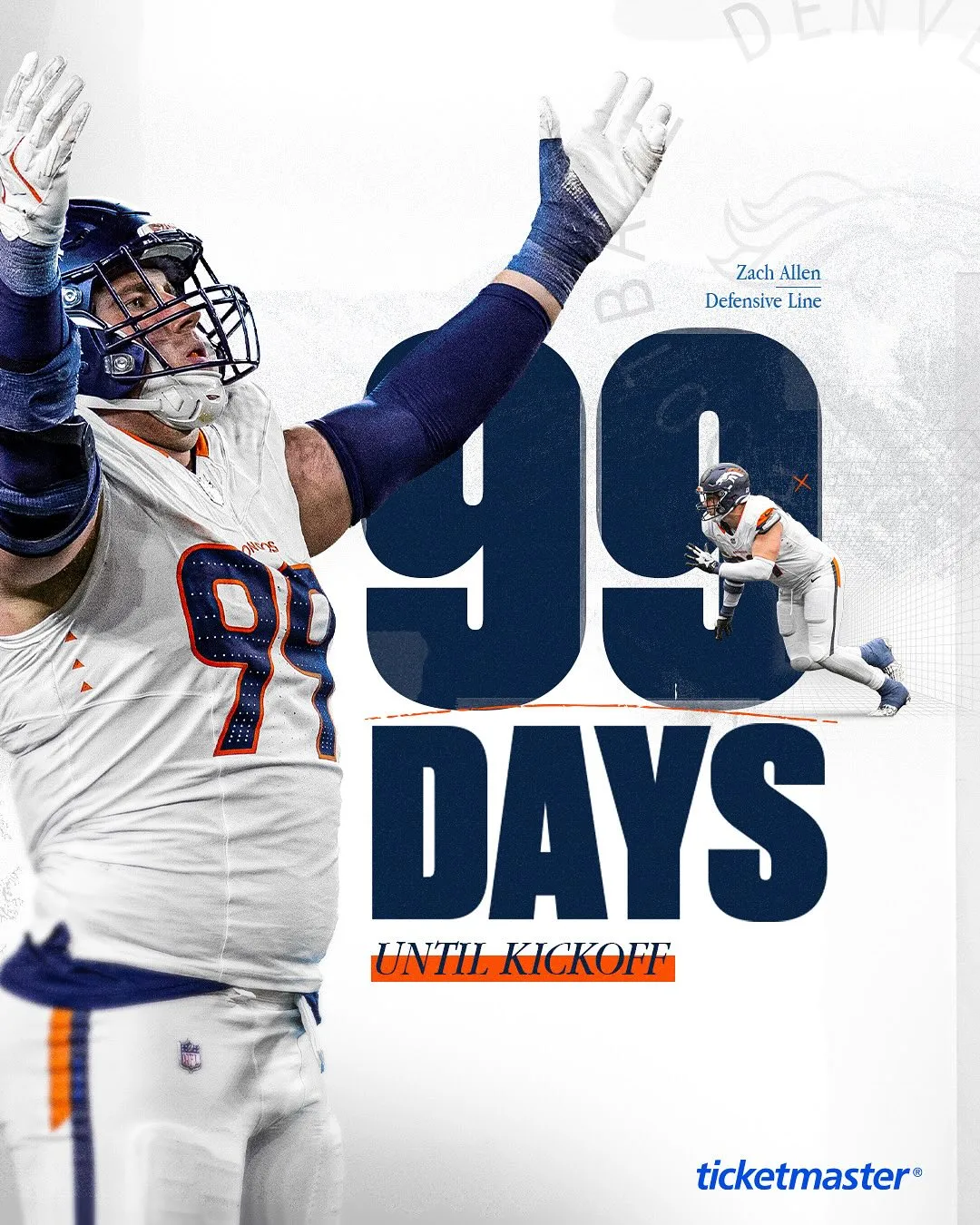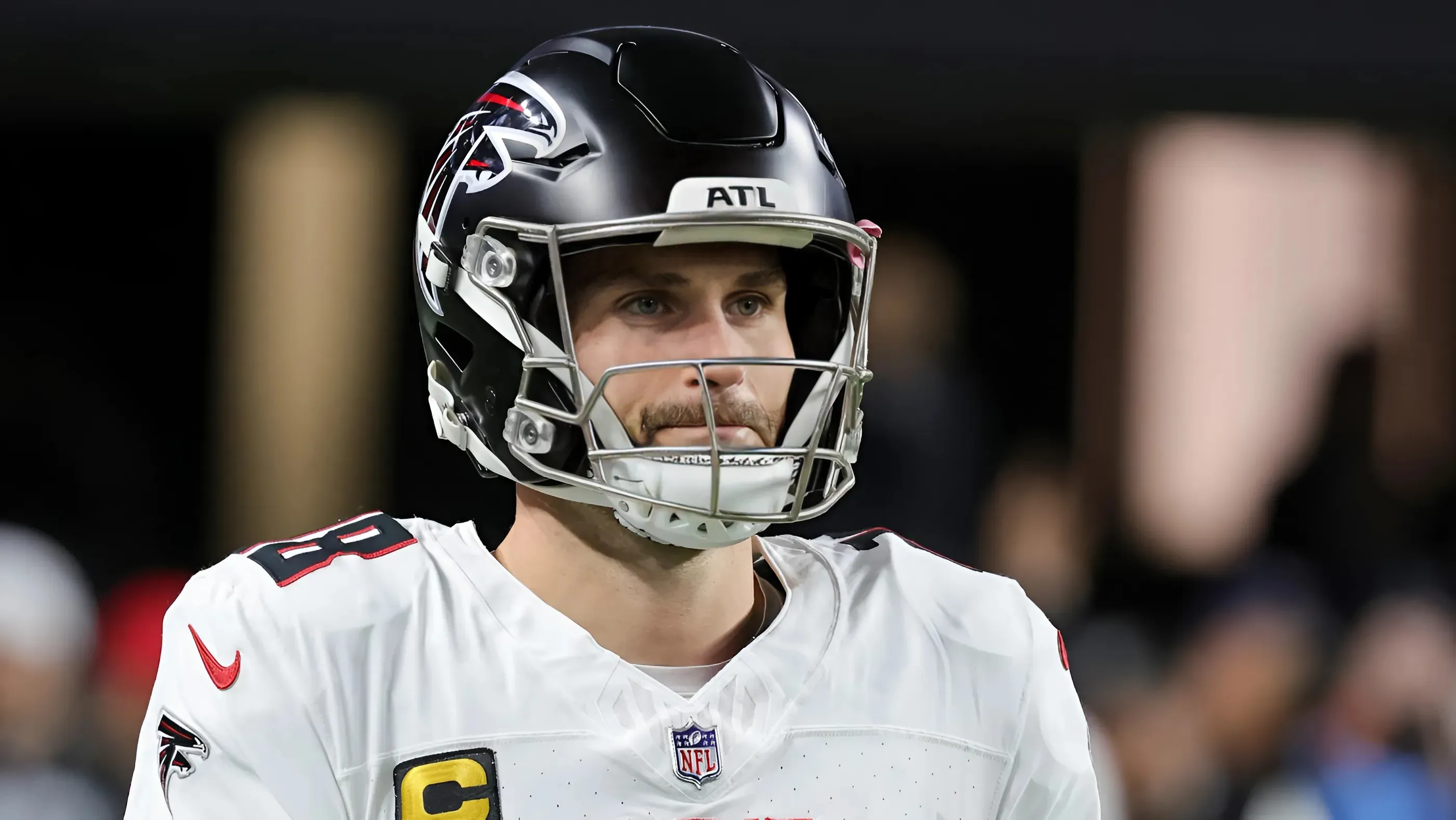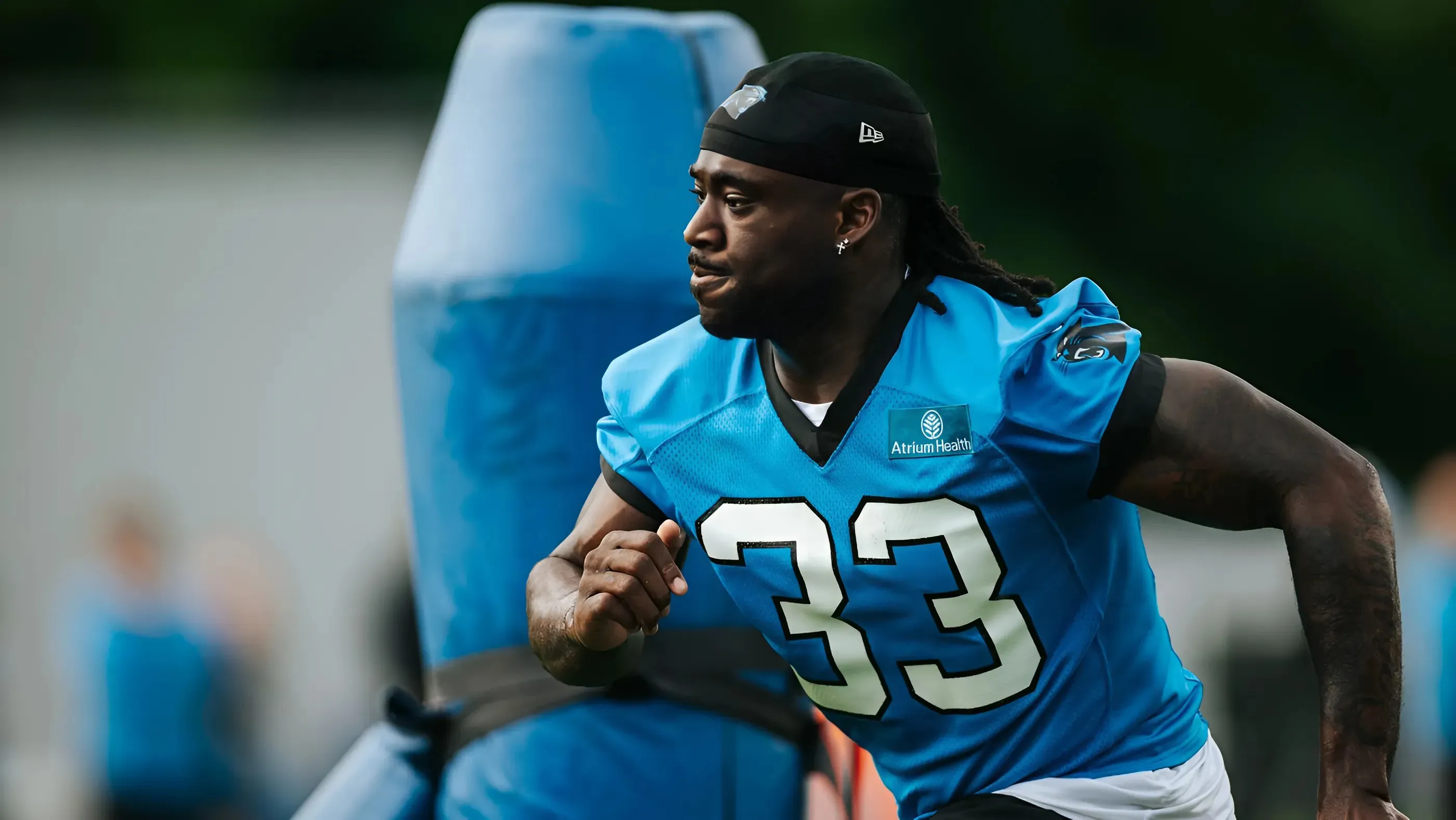There is no such thing as a perfect roster in the NFL. The Super Bowl Champion Philadelphia Eagles got pretty close last season with star players across every single level of the offense and defense, but there are always injuries and areas that can be adjusted and improved.
Even if a team has a singular season with a perfect depth chart, that roster would erode fast as teams would pick off players via free agency, and tough decisions about who to keep and who to let go in consideration of the salary cap are demanded each offseason.

The Denver Broncos don't possess the quality of talent that currently resides in Philadelphia, but they certainly have been closing the gap between where they were as a bottom dweller in the league just three years ago to boasting the high level of talent they've accumulated entering the 2025 season.
The Broncos might even be one offseason away from having to make some tough decisions and letting talented players walk due to not having the cap room, with players like defensive ends Zach Allen and John Franklin-Myers, rush linebacker Nik Bonitto, and wide receiver Courtland Sutton all set to hit free agency after this season.
But that’s next year’s problem, unless Denver can wisely get ahead and secure some impending free agents to under-market deals a year early. So what are the current Broncos’ biggest remaining roster holes?
According to Sports Illustrated’s Gilbert Manzano and Matt Verderame, it’s wide receiver, tight end, and center.
"Not surprisingly, all of Denver’s biggest needs are on offense. General manager George Paton did a nice job signing Evan Engram to shore up the team’s tight end spot, but he’s a Band-Aid," SI wrote. "The Broncos still need a long-term answer there, which can also be said about the receivers unless second-year men like Devaughn Vele or Troy Franklin develop into consistent starters. The offensive line is middling, but center is a big concern with Luke Wattenberg being the current projected starter for a second straight year."
Despite doing such a wonderful job in completely turning around the Broncos’ roster over the last three offseasons, the team wasn't going to be able to address every single area of need to the extent that would leave the depth chart without questions.
Denver very likely would have loved adding a tight end in Rounds 1 or 2, if Colston Loveland or Tyler Warren had fallen to pick 20, or Mason Taylor or Terrance Ferguson had come within range in Round 2. Alas, that wasn’t how it played out.
Thus, even with Engram raising the talent level in the room by knocking down every incumbent tight end one spot down the Broncos' depth chart, a long-term option at the position, either an F or a Y, is an area the team would likely love to add at some point in the future.
Receiver is slightly different. Much like offensive line, cornerback, and pass rusher, a team can never have enough quality receivers. It’s a position that is heavily compensated on the open market and drafted early and often.
The Broncos have made numerous investments in the middle rounds over the last three drafts, but outside of Sutton, a pending free agent, the rest of the pass-catchers in the room have more questions about how viable of options they can be for a passing offense than answers.
Does third-round rookie Pat Bryant jump the incumbents and earn a role as the No. 2 receiver for the offense? Can Marvin Mims Jr. recapture the explosiveness he displayed to close last season and improve as a route runner, or will he be featured more as a gadget-based weapon?
How much of a leap can second-year players Vele and Franklin take? Denver has possible solutions at receiver, but certainty won’t be found until games are being played.

Respectfully, perhaps the most questionable aspect of Sports Illustrated’s analysis was calling center a big need for Denver and even more egregious calling the team's O-line “middling." With nearly every advanced analytic pointing toward the Broncos having a top 5-10 offensive line last season (and closer to five than 10) and returning all five starters, if the starting five can stay healthy, they should field one of the better offensive lines in football next season.
This doesn’t mean center isn’t a long-term need. Wattenberg was the weak link on an overall very solid offensive line whose collection of talent is likely better than the individual pieces. Flanked by Ben Powers and All-Pro Quinn Meinerz, Wattenberg’s lack of power and mass are somewhat mitigated by scheme and support.
The real issue with Wattenberg is his contract. Entering the final year of his rookie contract, it seems unlikely the Broncos will be able to pay to retain him, given Denver is currently paying very high prices for every other piece on the offensive line. The reality in a salary-cap sport is that cost control and savings have to come from somewhere, and it’s hard to imagine the Broncos sporting five second or third-contract players on the O-line.
The Broncos do have two recent seventh-round investments in Alex Forsyth and Nick Gargiulo, who could be depth options with an eye toward a starting vacancy in 2026. Former Georgia five-star transfer to Jacksonville State and undrafted free agent Clay Webb is a name to keep an eye on in training camp. He could also be in the mix because he has the requisite talent to intrigue.
Needs not listed for the Broncos here are likely running back and linebacker. The Broncos did spend pick 60 on RJ Harvey, but given Sean Payton’s history of featuring two or three backs, the tea has anything but certainty at the position with Jaleel McLaughlin, Audric Estime, Tyler Badie, and Blake Watson vying for roles along with Harvey.
The Broncos have two veterans at linebacker in Alex Singleton and Dre Greenlaw, but with Singleton coming off of a torn ACL last season and turning 32 next season with Greenlaw missing most of 2024 in an attempt to return from an achilles tear, and now nursing a quad injury suffered this offseason, the Broncos’ depth at linebacker is as likely to be called upon as any position on the roster.
While Denver re-signed Justin Strnad, who moonlighted as a starting back last season, he’s best served as a depth piece whose key contributions are in special teams. Denver also has Drew Sanders, who also missed most of 2024 with an Achilles injury, but his waffling back and forth between edge and linebacker with very mixed results should leave anyone concerned about his long-term viability as a starting-caliber linebacker.
Assessing the roster overall, the Broncos have very few glaring weaknesses that at least don’t have options who could step into prominent roles next season. As long as Denver can continue its remarkable run of being one of the healthiest teams in football, the Broncos could surprise many folks next season with one of the better-crafted depth charts in the entire NFL.



